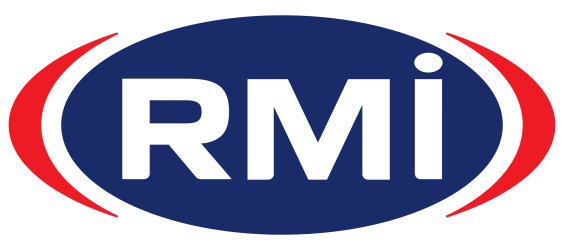Bridgestone Announces New Ecopia Tyre
Consumers no longer have to sacrifice roadholding, braking distance or tyre life when buying an environmentally-friendly tyre. This was the message from Bridgestone Marketing Manager, Tony Burns, as he announced […]
Flying Start To 2012 Tyre Check Campaign
Bridgestone’s ongoing Tyre Safety Check programme celebrated the start of the 2012 survey season by recording the highest-ever percentage of safely-inflated tyres yet measured by the tyre maker in a […]

